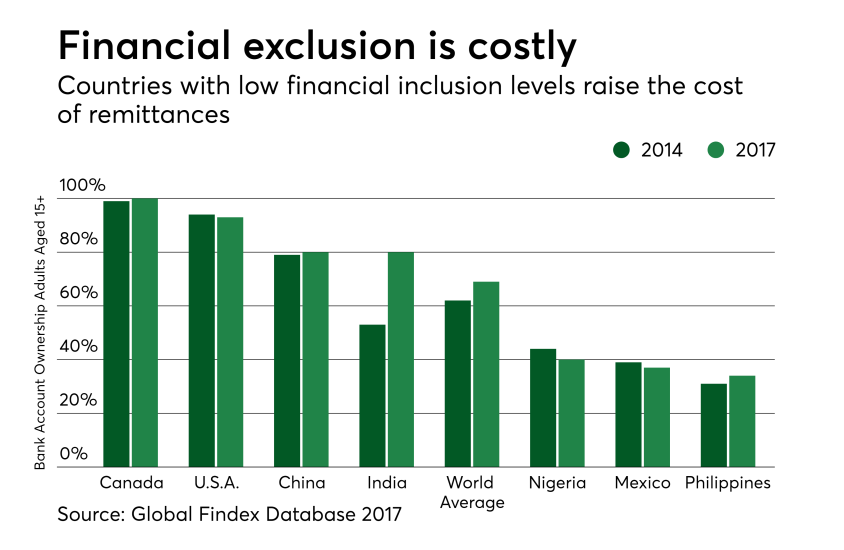The market for cross-border person-to-person (P2P) remittances is massive. It experienced double-digit growth in 2018 as consumers migrated from one country to another in search of better economic opportunities, as well as to escape political and financial upheaval in their home countries.
In many cases, the migration pattern may involve only one member of a family leaving their country for a job on an oil rig in Kuwait, a construction job in the U.S. or as a live-in daycare provider in Singapore while the remaining members stay home. In cases such as these, as well as those who have permanently emigrated yet still want to support an extended family in their home country, remittances play a vital role in the transfer of wealth and represent an economic boon to the receiving country.
The annual volume of remittances grew to almost $689 billion, in 2018 according to a report from the
This opportunity has also led to unique relationships such as payments player












